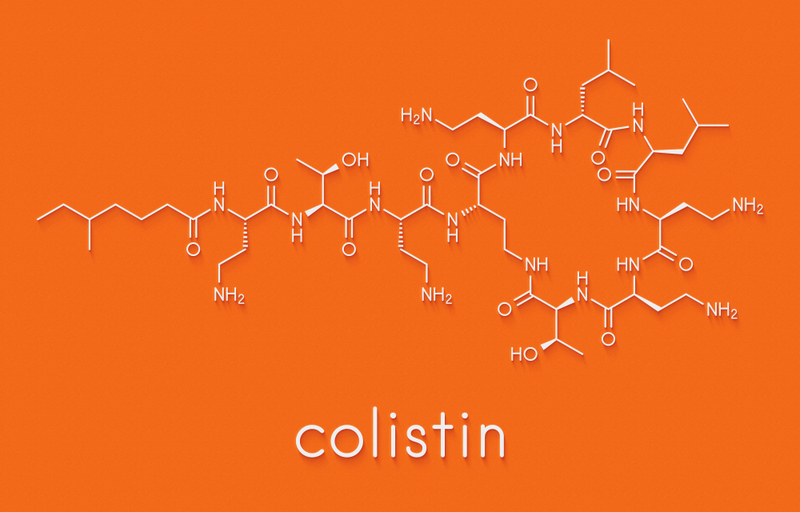Efficacy and pharmacokinetics of Colistin in MDR Gram-negative infections
M3 India Newsdesk Aug 23, 2018
A recent study published in the Indian Journal of Medical Research tested the efficacy and pharmacokinetics of Colistin in patients with Gram-negative infections and found that there is no significant association between bacteriological and clinical cure, and AUC/MIC ratio.

Polymyxins are the only treatment option available for treating multi-drug resistant (MDR) and pan-drug-resistant pathogens like Acinetobacter baumannii, Klebsiella pneumoniae, and Pseudomonas aeruginosa. Despites this, there is very little knowledge about dosing capacity and PK/PD of polymyxins, often leading to toxicity and drug resistance. Moreover, the paper mentions about the recent A. baumannii infection becoming a serious threat in the Intensive Care units (ICUs), especially because of resistance to many antibiotics including carbapenems.
Colistin, also known as polymyxin E, is the drug that the study tested. Developed almost sixty years back, colistin has not undergone the contemporary drug development procedures. In the past, PK/PD studies suggested modified dosing regimens of colistin methanesulphonate (CMS) and formed colistin as required among critically ill patients. However, there is a limited data on the PK-PD of colistin in Indian patients. Among Indian patients only one study presented Cmax/MIC and not AUC/MIC ratio.
Therefore, researchers conducted a pilot prospective PK-PD study on intravenously (IV) administered colistin in Indian patients with MDR Gram-negative infections.
The trial included 9 patients (age >12 years) with MDR Gram-negative infections. Of these, 6 patients received colistin at doses of 2 MU, while 3 patients were given 1 MU intravenous dose every 8 hours.
When samples of blood were collected at different times, plasma concentrations of colistin collected from the empirically selected CMS dosage regimens differed significantly. The difference was observed more after the 1st dose comparted after the 5th dose when the steady-state levels were accomplished.
Results
- The area under the plasma concentration-versus-time curve over 8 hours (AUC0-8) for colistin after the 1st dose ranged from 3.3 to 16.4 mg×h/l and after the 5th dose, AUC0-8 for colistin ranged from 4.4 to 15.8 mg×h/l.
- Minimal inhibitory concentration (MIC) value of 0.125 mg/l, AUC0-8/MIC after 1st dose ranged from 26.7 to 131.4 and after the 5th dose of 2 MU every 8 h ranged from 35.5 to 126. In 3 patients after giving 1 MU dose, AUC0-8 for colistin ranged from 1.9 to 6.6 for the 1st dose and 3.5-8.5 mg×h/l.
- All the cultures were sterile on follow up and 70% of patients recovered without any adverse events.
In the end, however, the study demonstrated that though the trend was positive there was lack of significant association between bacteriological and clinical cures and AUC/MIC ratio. However, the microbiological clearance of organism suggests dosing schedule being adequate.
Article: Gautam V, et al. Pharmacokinetics of colistin in patients with multidrug-resistant Gram-negative infections: A pilot study. Indian J Med Res. 2018;147:407-412
-
Exclusive Write-ups & Webinars by KOLs
-
Daily Quiz by specialty
-
Paid Market Research Surveys
-
Case discussions, News & Journals' summaries